
Safe Food Handling Cues – Part 2
Safe Food Handling Cues – Part 2
Safe handling of kitchen tools and appliances
Intro
An integral element of safe handling of food is well-maintained and clean kitchen tools and appliances
In July Foodism had shared safe food handling cues in terms of – hygiene (hand, gloves, clothes and personal); and handling dishes, crockery and cutlery. In the second and concluding part of this story we bring to you tips for safe handling of - knives; kitchen appliances; and hot and cold food along with some general safety tips for your kitchen sojourn.
Knives
Remember to always handle knives and other sharp kitchen tools with extra care. Tad carelessness may result in cuts on the hand which is not handling the knife.
Some points to keep in mind -
- Cut away from yourself or downwards on a chopping board
- Cut on a stable surface
- Keep knives clean, sanitised and grease free to enable you to have a firmer grip
- Use a knife suitable for the task and for the food you are cutting
- Ensure that your knives are always sharp
- While carrying a knife hold it with the blade pointing downwards
- While handing over a knife to someone, keep the sharp end towards yourself
- When using a knife focus on your posture and grip on the handle; and guiding or free hand
- Never –
- Leave sharp knives loose in a drawer
- Put knives in the sink
- Use a knife as a can opener
- Carry knives while carrying other objects
- Play around with a knife
- Carry a knife in your pocket
- Run your fingers down the edge of a knife to test the sharpness
- Attempt to catch a falling knife
- Put a knife in the dishwasher
To prevent your knife from rusting and cross contamination, always wash and dry it immediately after you have finished using it. Do not let knives soak, especially if they have wooden handles as the wood can expand when soaked in water.
Store your knives in a dedicated knife rack or wooden block. This way you can help keep the blades sharp by keeping the edges away from hard objects that can dull the blades.
Tips for hot and cold food
While holding foods for service, such as on a buffet line or in a cafeteria, ensure that you keep hot foods hot and cold foods cold. Hot holding equipment along with chafing dishes, slow cookers, and warming trays all help to keep ready-to-eat food out of the danger zone. All of this equipment is for hot holding only, and should not be used to reheat or cook food.
Some tips to keep in mind:
- Preheat hot holding equipment before you put any food in it
- Limit the hot holding of food to a maximum of two hours
- Ensure that you stir the food at regular intervals
- Always keep food covered - this not only retains the heat but also prevents the food from being contaminated
- Bring out the food as close as possible to the time of service
- Keep platters refrigerated until it is time to warm them up for serving
- Turn pot handles away from the front of the stove to ensure that children don’t touch them and adults don’t bump into them accidentally
- While taking food delivery always unload perishable foods first and immediately refrigerate them
Using kitchen appliances
- Read the user manual thoroughly
- Do ensure that all necessary guards are in place before operating any equipment
- Do not distract anyone in the kitchen when they are operating kitchen appliances like blenders, mincers or mixers etc.
- Ascertain that you are properly trained to use any kitchen appliances
- Wash and put away appliances that are not being used, do not leave them lying around
- Return the equipment to its correct storage place
- Turn off all equipment and appliances post usage
- Do not allow children and physically challenged people to roam or loiter around the food preparation area
General tips
- Ensure that work surfaces and equipment are visually clean, this goes a long way towards ascertaining that they are free from high levels of harmful bacteria
- Train yourself to ‘clean as you go’, for instance cleaning up any spillages immediately
- Before opening a can of food always clean the top of it first
- Once the can is opened, any food which is not used immediately must be quickly stored in food grade containers and placed in a refrigerator
- Never place cooked food on an unwashed plate that had previously held raw meat, poultry, or seafood
- Take the time to read product labels very carefully, and look for advisory statements like ‘may contain ingredient X’.
- Close oven doors immediately after removing or adding food items
- Keep meat and poultry in its packaging until just before using
- Use separate cutting boards, dishes, utensils and cooking equipment for vegetables, raw meat and cooked meats
- When handling plates and trays do not touch eating surfaces with fingers
- Keep unused condiments, marinades and sauces separate from leftover ones
- Store raw meat, poultry and seafood by tightly wrapping it and then placing it on the bottom shelf of a refrigerator to prevent their raw juices from dripping on other food
- Refrigerate or freeze perishables, prepared food and leftovers within 2 hours
- Do not wear any watches, rings, bracelets or other jewellery when working with food
- Use oven mitts when taking hot dishes from an oven or microwave; avoid using a wet oven mitt
- Try not to leave food unattended or uncovered for long periods
- Replace and wash dish towels and sponges often to prevent the spread of harmful bacteria throughout the kitchen
- Do not use damp cloths when lifting hot items of equipment
Just a few small steps can go a long way in keeping your kitchen at home and your food preparation area at work – be it a restaurant, hotel, office pantry et al – safe and hygienic.
Do write in to us if you have some additional tips to share!
Related Blogs
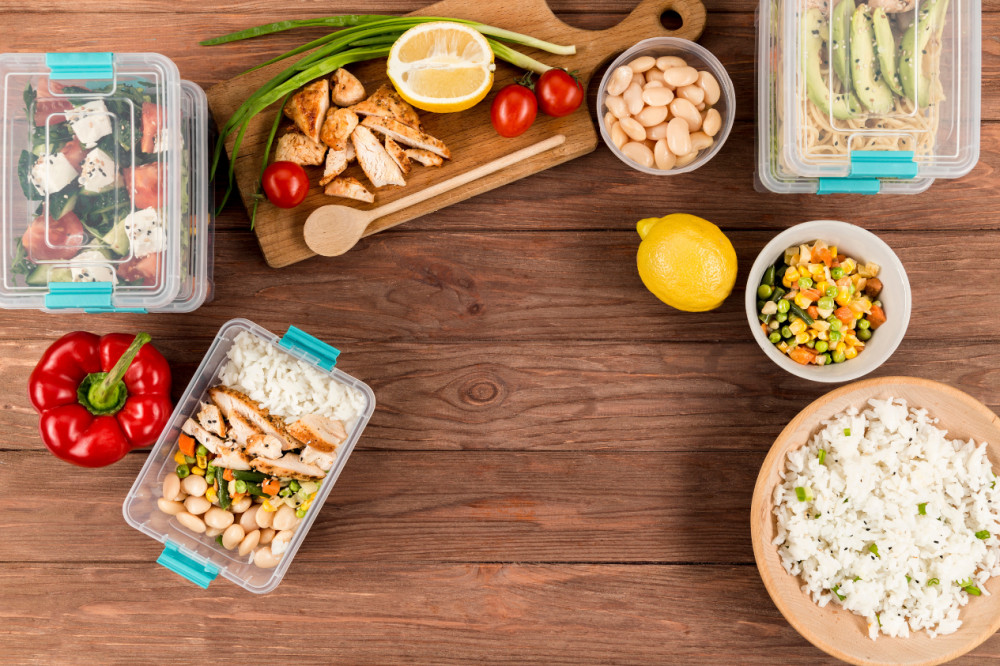
5 Wholesome Lunchbox Meals You Can Cook in 20 Minutes
13 Views
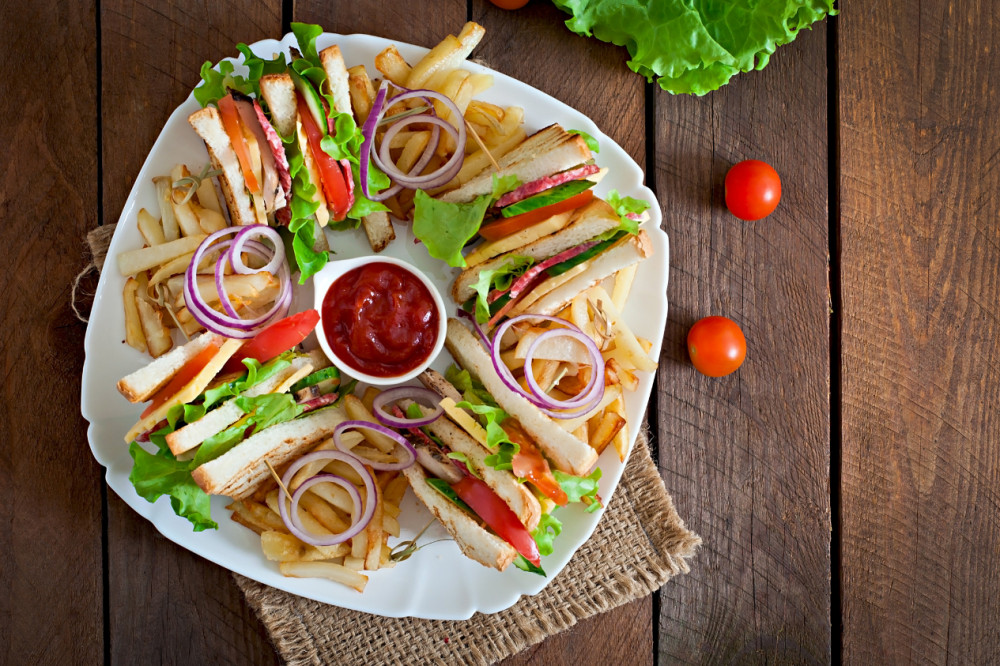
10 Sandwiches That Go Beyond Bread: From Vada Pav to Bao Buns
9 Views
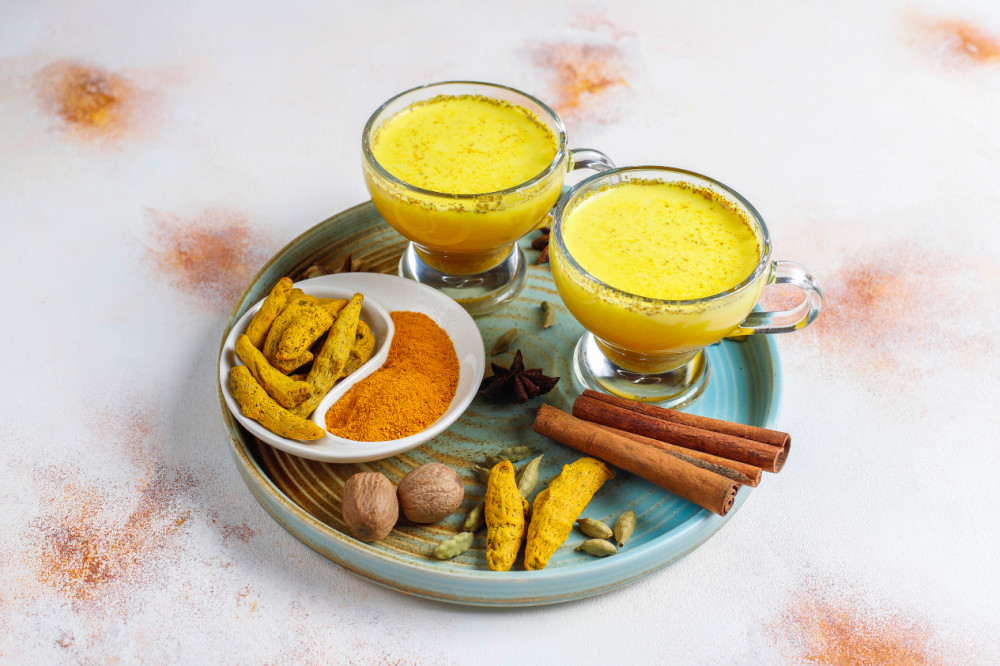
Post-Festival Detox Recipes: Indian Drinks & Light Meals to Refresh
58 Views
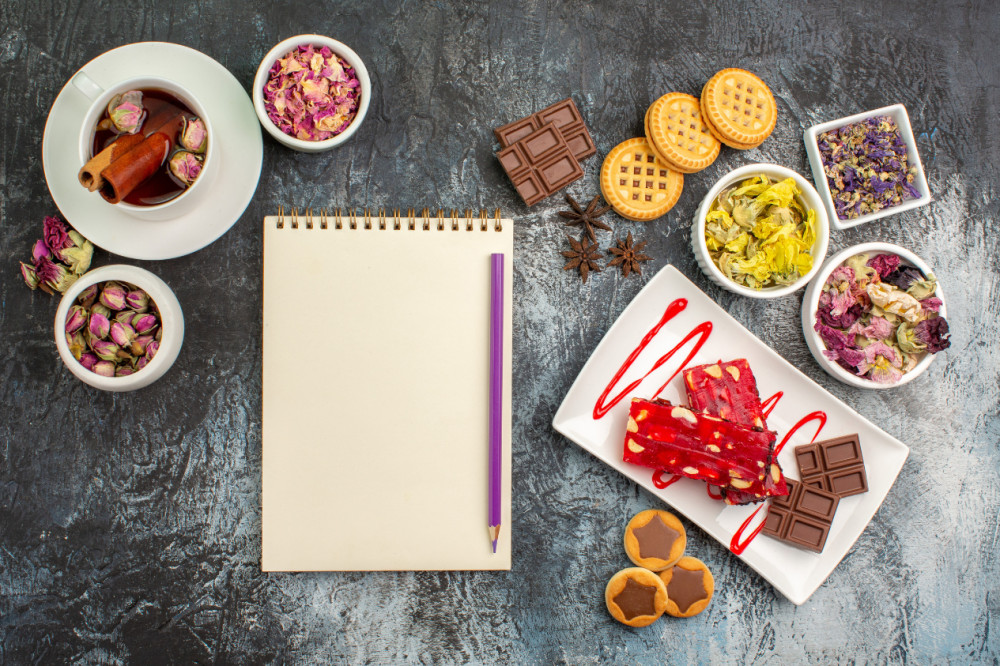
Sweet vs Savory Menu Ideas: Balance Festive Indulgence
101 Views
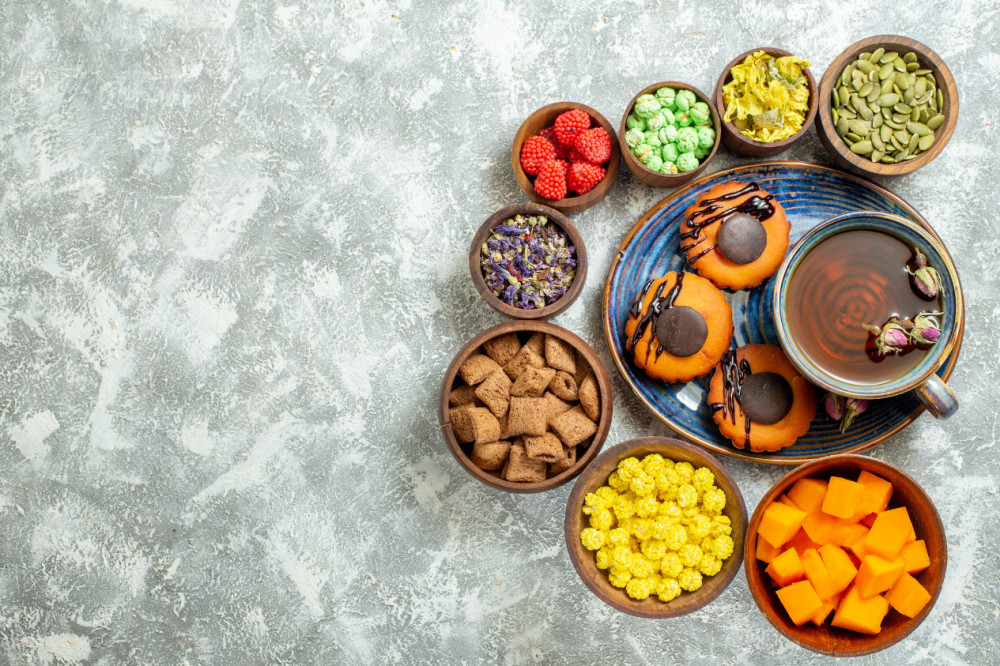
Diwali Breakfast Ideas 2025: Quick & Flavorful Morning Recipes
59 Views